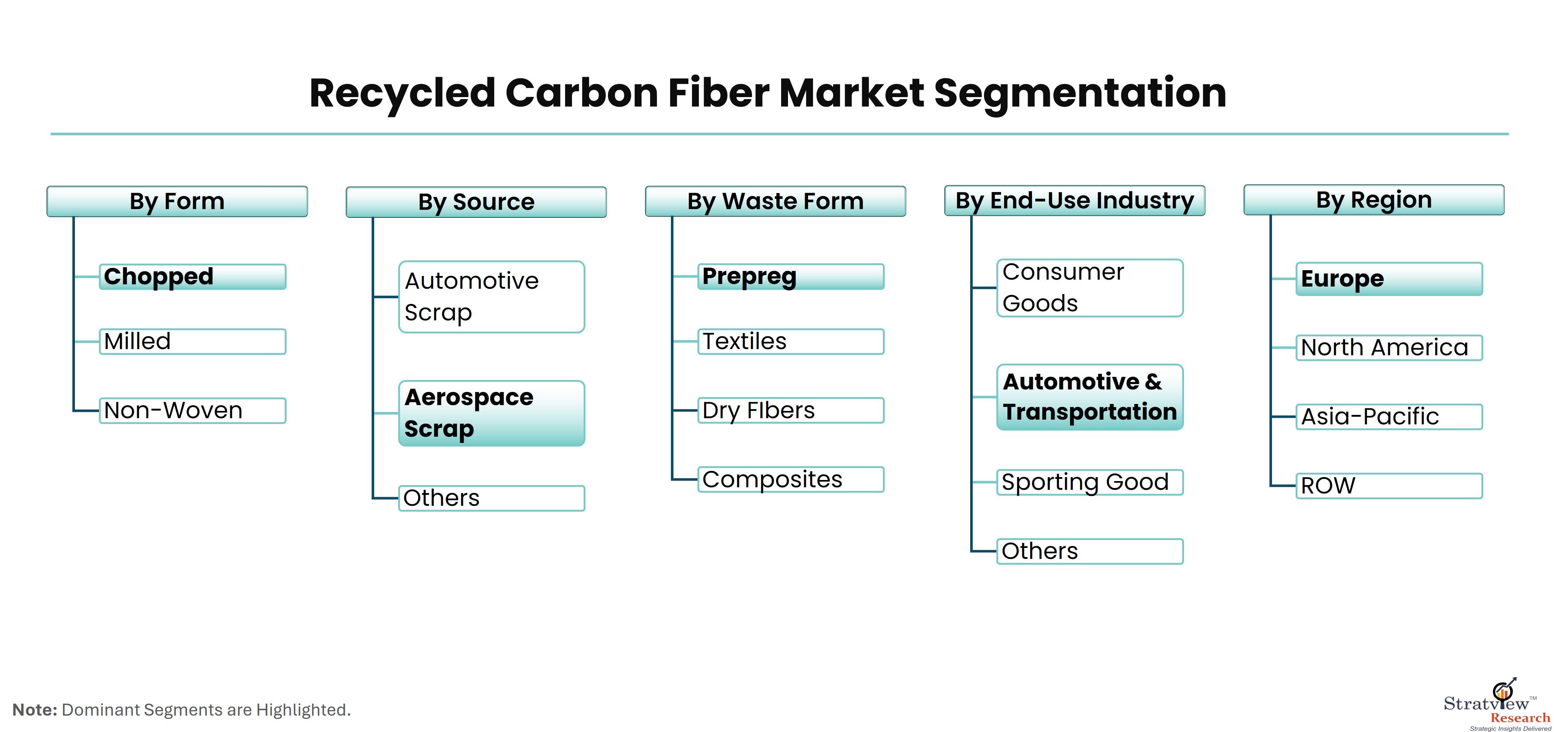The recycled carbon fiber market is rapidly evolving, driven by increasing environmental awareness, technological advancements, and a shift towards sustainable materials in various industries. As we look ahead to 2024, several key trends are expected to shape the landscape of the recycled carbon fiber market, influencing both opportunities and challenges for stakeholders.
According to Stratview Research, the recycled carbon fiber market is likely to grow at a promising CAGR of 18.1% during 2023-2028 to reach an estimated value of US$ 295.4 million in 2028.
1. Growing Demand in Automotive Applications
One of the most significant trends is the rising demand for recycled carbon fiber in the automotive sector. With the automotive industry undergoing a transformative shift towards electric vehicles (EVs), manufacturers are increasingly focused on lightweight materials that enhance energy efficiency. Recycled carbon fiber provides an excellent solution, offering strength and durability while reducing overall vehicle weight. As automakers strive to meet stringent emissions regulations and improve vehicle performance, the adoption of recycled carbon fiber is set to expand significantly.
2. Advancements in Recycling Technologies
Technological advancements in recycling processes are another driving force in the market. Innovations in recycling methods, such as pyrolysis and chemical recycling, are enhancing the efficiency and quality of recycled carbon fiber production. These improved techniques not only allow for higher recovery rates of carbon fibers from end-of-life composites but also ensure that the properties of the recycled material meet industry standards. As these technologies become more widely adopted, the availability and affordability of recycled carbon fiber are expected to increase.
3. Focus on Circular Economy Initiatives
The concept of a circular economy is gaining traction across industries, promoting the reuse and recycling of materials to minimize waste. In 2024, companies are likely to intensify efforts to incorporate recycled carbon fiber into their production processes, driven by both regulatory pressures and consumer demand for sustainable practices. This shift will encourage manufacturers to develop products that not only utilize recycled materials but also emphasize sustainability in their overall supply chain.
4. Expansion in Aerospace and Defense Sectors
The aerospace and defense sectors are also anticipated to be significant growth areas for recycled carbon fiber. As these industries prioritize lightweight materials to improve fuel efficiency and performance, recycled carbon fiber offers a compelling alternative. Companies are increasingly exploring partnerships and collaborations to integrate recycled carbon fiber into new aircraft designs and defense applications, enhancing sustainability without compromising quality.
5. Challenges in Quality Assurance
Despite the positive outlook, the recycled carbon fiber market faces challenges, particularly regarding quality consistency. Ensuring that recycled fibers meet the rigorous standards required for high-performance applications remains a concern. Manufacturers will need to invest in quality control measures and establish industry-wide standards to address this issue effectively.
Conclusion
As we move into 2024, the recycled carbon fiber market is set to experience significant growth driven by trends in the automotive, aerospace, and renewable energy sectors. Technological advancements and a commitment to circular economy principles will further fuel this expansion. However, addressing challenges related to quality assurance will be crucial for sustaining momentum and achieving widespread adoption. Overall, the outlook for the recycled carbon fiber market is optimistic, paving the way for a more sustainable future.


